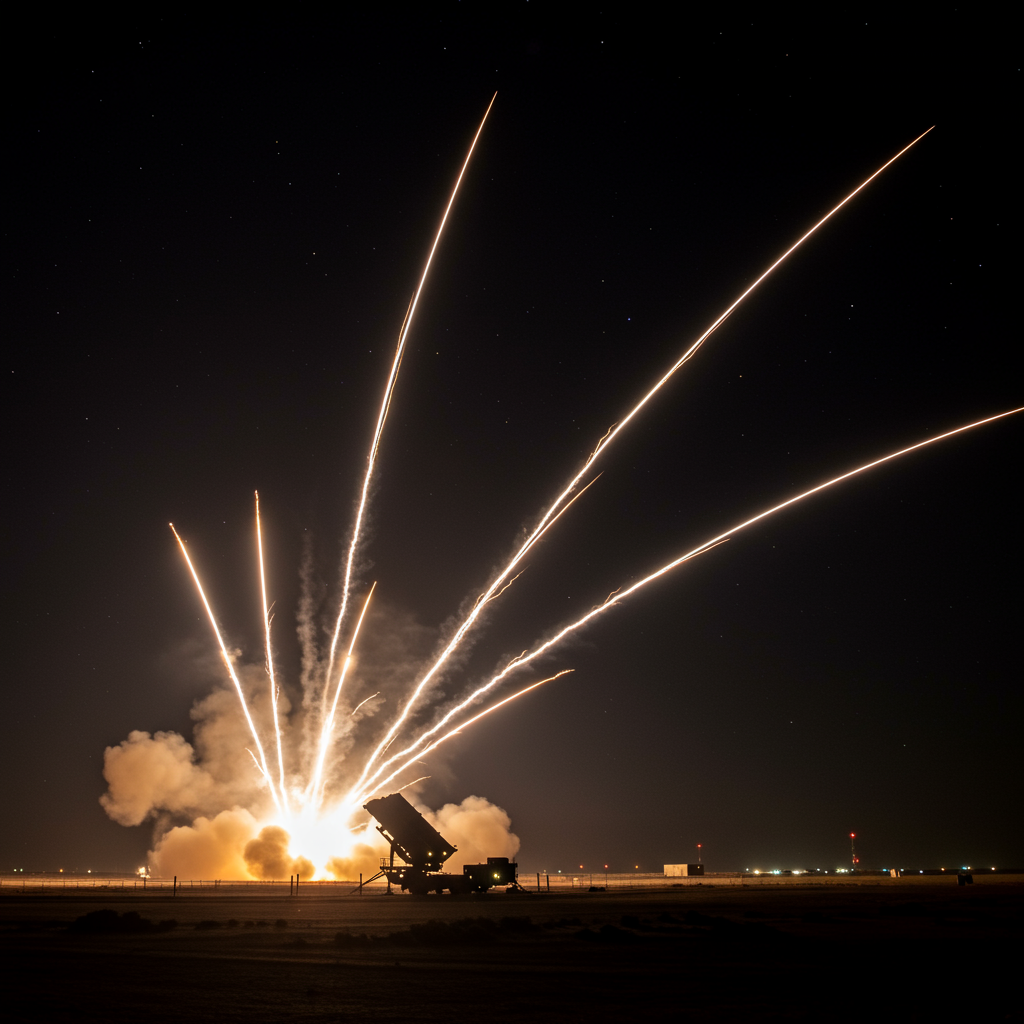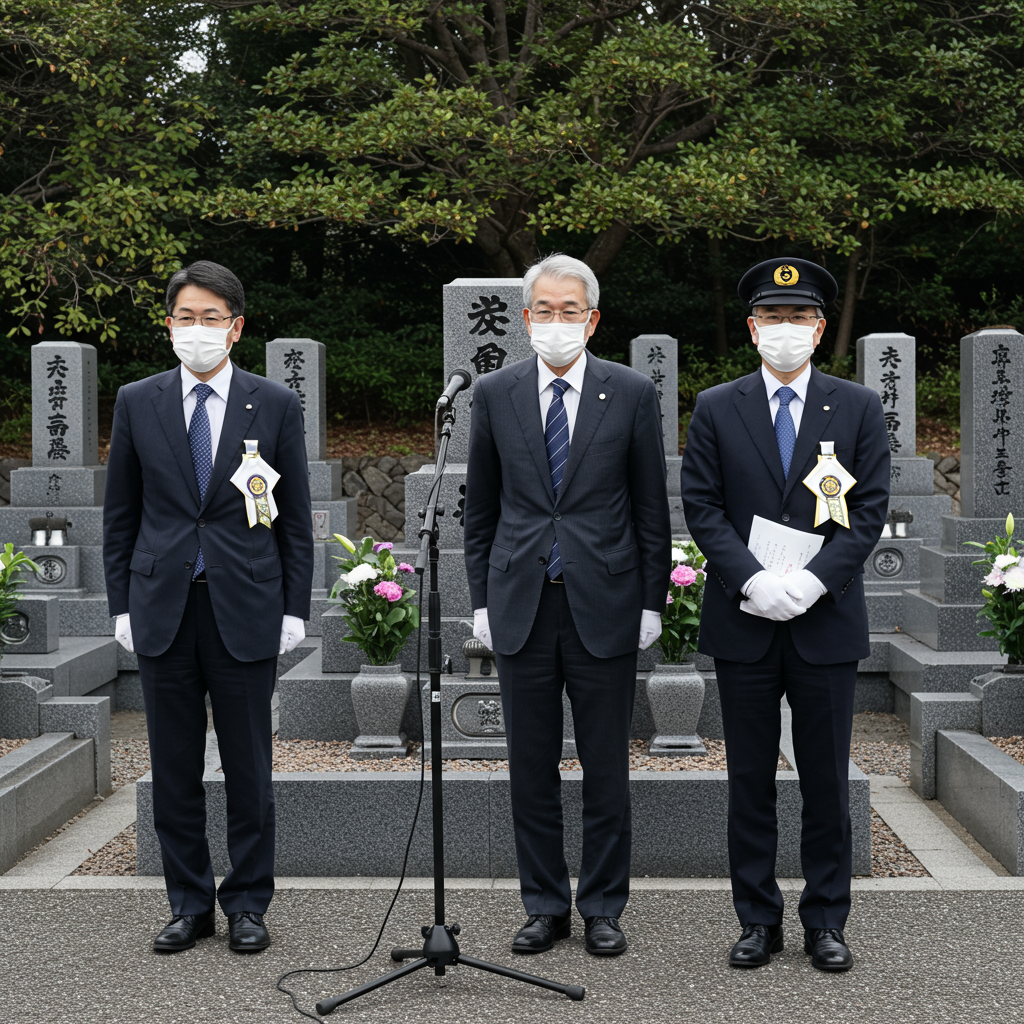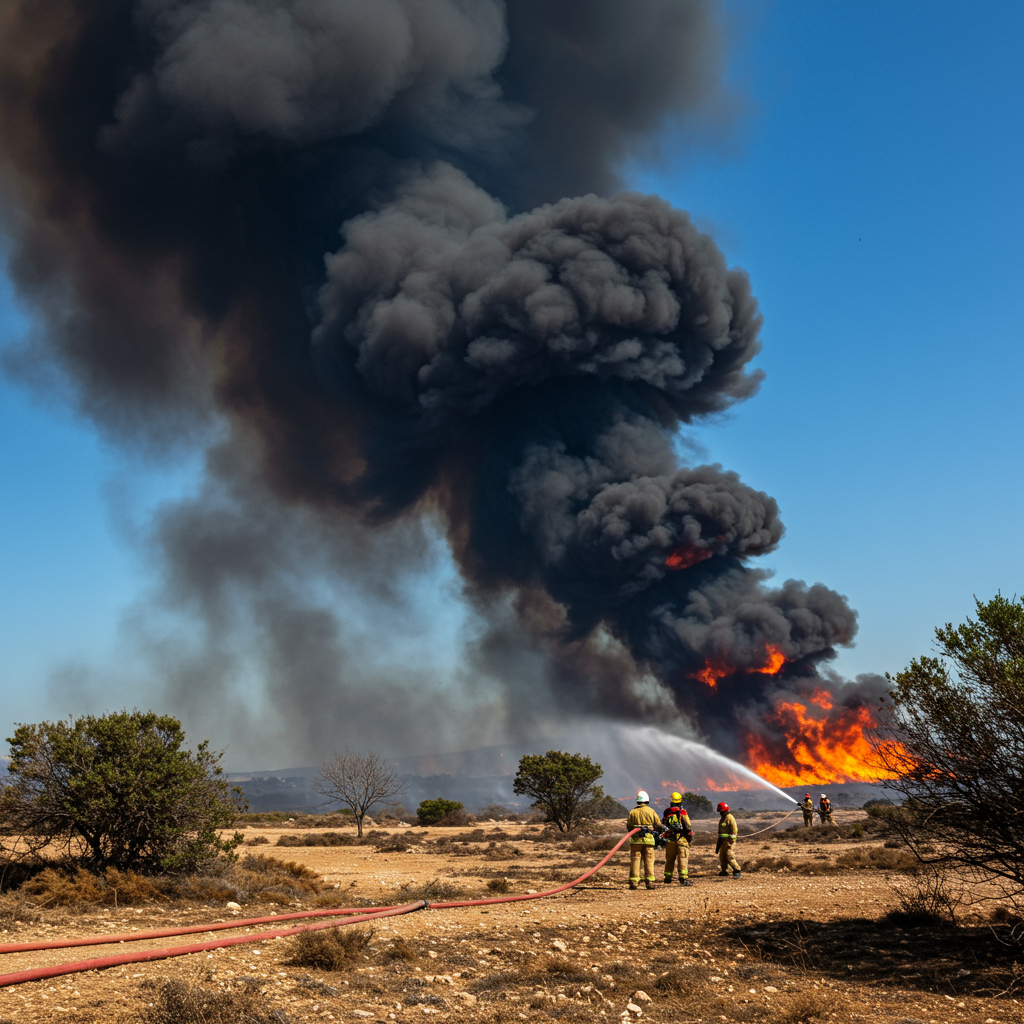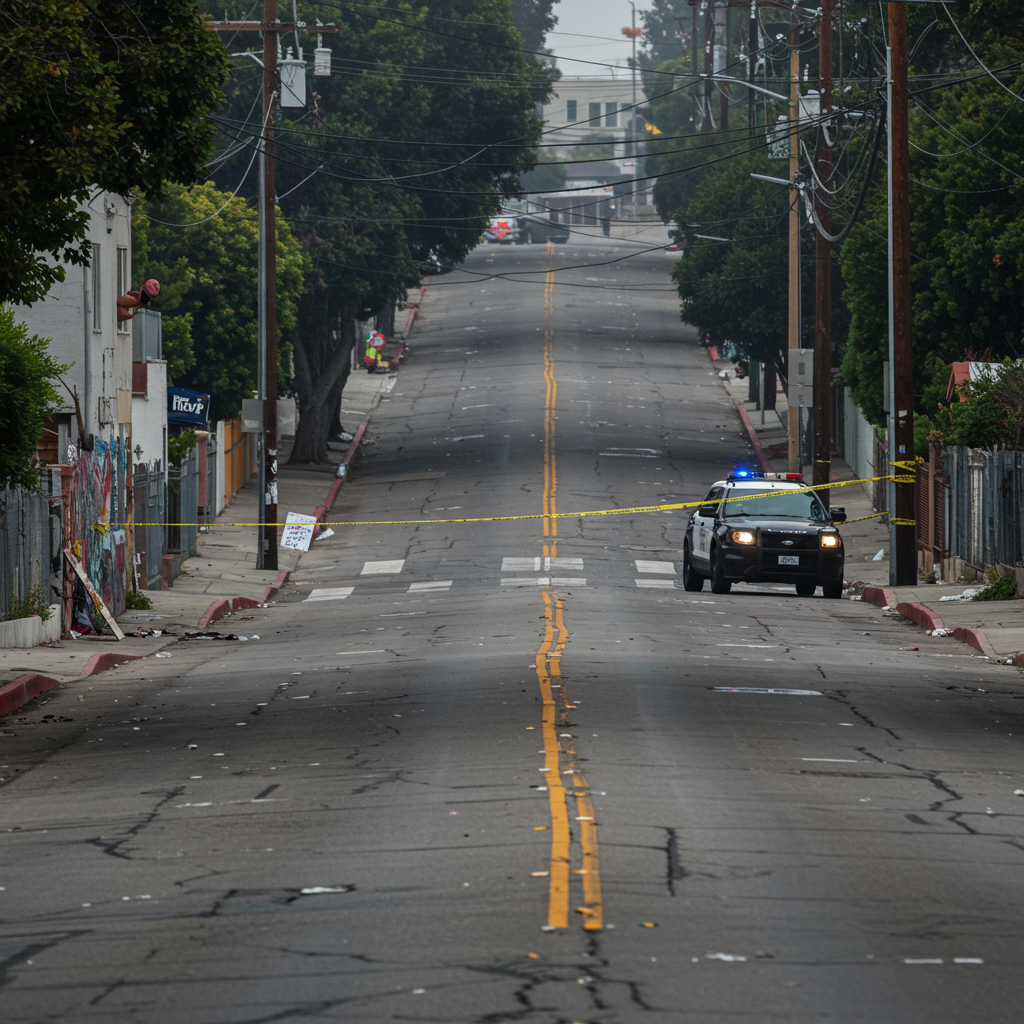In a significant demonstration of military capability and regional cooperation, Qatar’s air defense systems successfully intercepted a barrage of Iranian missiles targeting the vital Al Udeid Air Base. This event unfolded as a direct response to prior US military strikes on Iranian nuclear facilities, highlighting the intricate and volatile nature of Middle Eastern security dynamics.
The incident saw Iranian forces launch approximately 14 ballistic missiles towards Al Udeid, the largest US military installation in the Middle East. Thanks to the swift action of layered air defenses, the incoming threats were neutralized, preventing casualties and significant damage to the base or personnel.
Both Qatari and US forces played a crucial role in the defense. Specifically, US-made Patriot air defense systems, operated jointly by personnel from both nations, were instrumental in tracking and destroying the incoming missiles. Officials from US Central Command and Qatar’s Foreign Ministry confirmed the success of the joint interception efforts. This successful defense underscored the preparedness of forces on high alert in the region following the earlier US strikes.
Inside Qatar’s Advanced Air Defense Arsenal
The successful defense of Al Udeid shines a spotlight on Qatar’s significant investment in modern air defense technology. The Gulf nation has acquired a sophisticated array of surface-to-air missile systems designed to counter a range of aerial threats, from aircraft to ballistic missiles.
MIM-104 Patriot: The cornerstone of Qatar’s high-altitude defense is the US-made Patriot system. Manufactured by a consortium including Raytheon and Lockheed Martin, Qatar acquired 10 Patriot systems capable of destroying aircraft at ranges exceeding 70 miles and intercepting faster ballistic missiles over shorter distances. These systems proved their worth during the recent incident.
National Advanced Surface to Air Missile Systems (NASAMS): Jointly developed by Norway’s Kongsberg and Raytheon, NASAMS provide defense against targets up to 20 miles away. They are particularly effective against cruise missiles and uncrewed aerial vehicles (drones), offering a critical layer of defense against evolving threats. Qatar bolstered its NASAMS inventory in 2018.
Rapier and Roland: Qatar also maintains older, but still capable, short-range surface-to-air missile systems. The British-made Rapier and the joint French- and German-made Roland contribute to a layered defense strategy, ensuring protection against closer threats.
Terminal High Altitude Area Defense (THAAD): Looking to the future, Qatar is in the process of acquiring the advanced US-made THAAD system from Lockheed Martin. THAAD is specifically designed to intercept ballistic missiles at very long ranges and high altitudes during their terminal phase of flight, providing an upper-tier defense against sophisticated missile threats.
Al Udeid Air Base: A Critical Hub
Al Udeid Air Base serves as a central command and logistics hub for US operations across the Middle East. It routinely hosts a diverse array of powerful aircraft, including strategic bombers like the B-52 and B-1, along with large transport aircraft like the C-17 Globemaster. Its strategic importance makes it a potential target, necessitating robust defensive measures like those recently employed.
Regional Tensions and Readiness
The missile exchange between Iran and defenses in Qatar occurred amidst heightened regional tensions. The US military had already increased its posture, with forces in the Middle East placed on high alert following the initial strikes on Iranian nuclear facilities. US officials, including the Chairman of the Joint Chiefs of Staff, had previously warned Iran against retaliation and emphasized that US forces were “fully postured to respond” to any aggression. While US President Donald Trump described the Iranian response as “very weak,” the incident underscored the real and present danger posed by Iran’s growing ballistic missile capabilities, which include weapons designed to challenge advanced air defenses.
The successful defense of Al Udeid highlights the efficacy of joint Qatari-US air defense operations and the crucial role of modern missile defense systems in safeguarding critical infrastructure and personnel in a volatile security environment. Qatar’s comprehensive arsenal, particularly its reliance on advanced US technology like the Patriot and the impending THAAD, positions it as a key partner in regional security and missile defense architecture.




